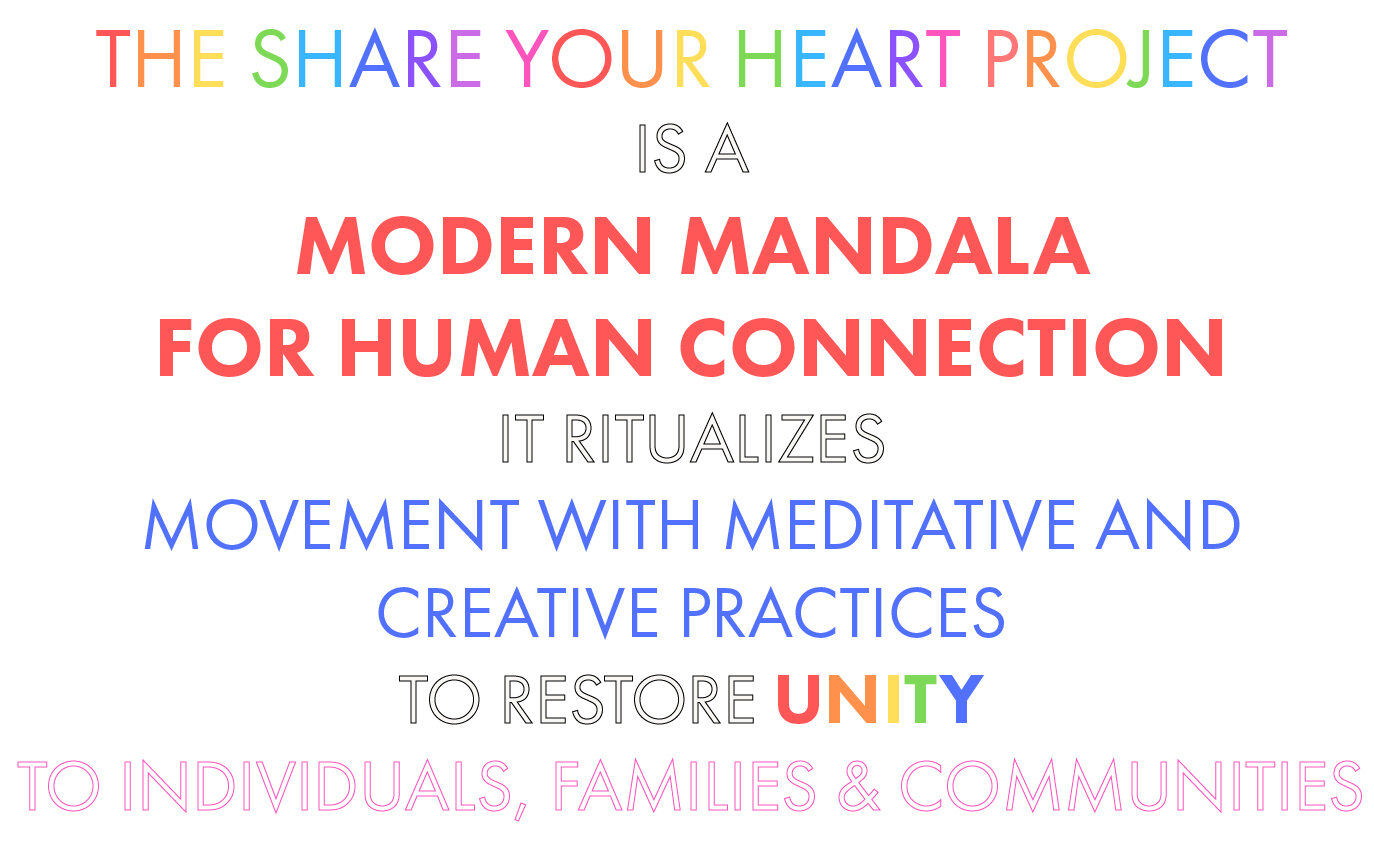Photo of a Chenrezig Sand Mandala created and exhibited at the House of Commons on the occasion of the visit of the Dalai Lama on 21 May 2008.
Mandalas are sacred artworks that represent the inner world of the person using it as well as their outer universe. There are expressions of Mandalas across Eastern, Western, and Indigenous cultures. In Eastern religions they are used as a map, a plan diagram of a sacred space through which the practitioner moves during meditation. They are living pieces of art.
Though they come in many forms traditionally, generally the middle of a Mandala is divine energy and around that is the revolving world. Moving through this diagram, an individual can experience the fullness of their world—both their inner personal world, with its constant churning of thoughts and emotions, and outer environment, with its infinite cast of characters and experiences. They can explore the light and shadow parts of themselves.
They recognize blocked energy within that world and use sound, imagery, and connection to a divine source to transform the same energy into its enlightened expression. They clear, transform, and activate the blocked energy to shift into skillful ways of navigating the world.
Mandalas are painted, made of natural materials, or made out of sand. Some are made for practice, then they are destroyed through releasing the sand into streams. Their creation, utilization and dissolution remind us of the truth of impermanence in the world and the importance of striving for the sake of the health and happiness of all beings without attachment to the results.



